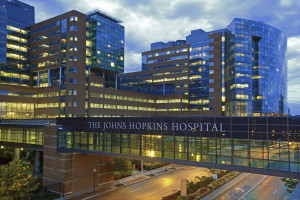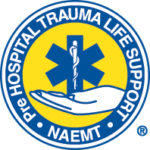 Active Shooter Response Training for Hospitals and healthcare organizations requires not only a realistic approach to mitigating such threats, but a realistic understanding of the environment and responses of the staff working within these organizations. Unlike many other workplaces, potential victims in these locations are very likely to have medical training, and a propensity not to “run” away from the carnage, but actually attempt to mitigate it due to their overwhelming desire to protect and care for others. This is only one of the potential difficulties to address during training, while recognizing it as a valuable strength as well.
Active Shooter Response Training for Hospitals and healthcare organizations requires not only a realistic approach to mitigating such threats, but a realistic understanding of the environment and responses of the staff working within these organizations. Unlike many other workplaces, potential victims in these locations are very likely to have medical training, and a propensity not to “run” away from the carnage, but actually attempt to mitigate it due to their overwhelming desire to protect and care for others. This is only one of the potential difficulties to address during training, while recognizing it as a valuable strength as well.
Active Shooter Response Training for Hospitals must emphasize:
- Preservation of life is paramount.
- Initial actions for those persons in all threat zones must be addressed (Direct/Indirect/Out of Range)
- Utilization of the THREAT model, developed by the Hartford Consensus, many lives will be saved through effective Trauma Care performed on scene.
THREAT Model (Developed by the the Hartford Consensus) 
- Threat Suppression
- Hemorrhage Control
- Rapid Extrication to Safety
- Assessment by medical providers
- Transport to definitive care
Although an active shooter event may be over in a matter of minutes, lives can and will be lost in those first few minutes regardless of where the incident occurs. Individuals may bleed out in as little as 2 minutes. Ensuring victims get the medical treatment necessary, while training everyone else also understands the first step in the model above (Threat Suppression) is critical.
When implementing Active Shooter Response Training for Hospitals and healthcare organizations, staff on site need highly effective and well regarded training, based on reality and what actually happens during such events.
Upon request, our Active Shooter Response Training for Hospitals and healthcare organizations will also address:
- Coordinated command and control operations
- Mass evacuation
- Trauma and casualty care/medical triage

- Enhanced physical protection methods for employees
- ASR Plan development and review
- Rolling-Classroom, Table-top scenarios
- Live-action role play scenarios
Instruction is provided by CCG’s nationally recognized Active Shooter Instructor cadre bringing years of tactical law enforcement, military, emergency medicine, dignitary and executive protection, as well as security industry experience to this unique, and highly specialized environment.
Contact CCG today to further discuss our Active Shooter Response Training for Hospitals and healthcare organizations.
